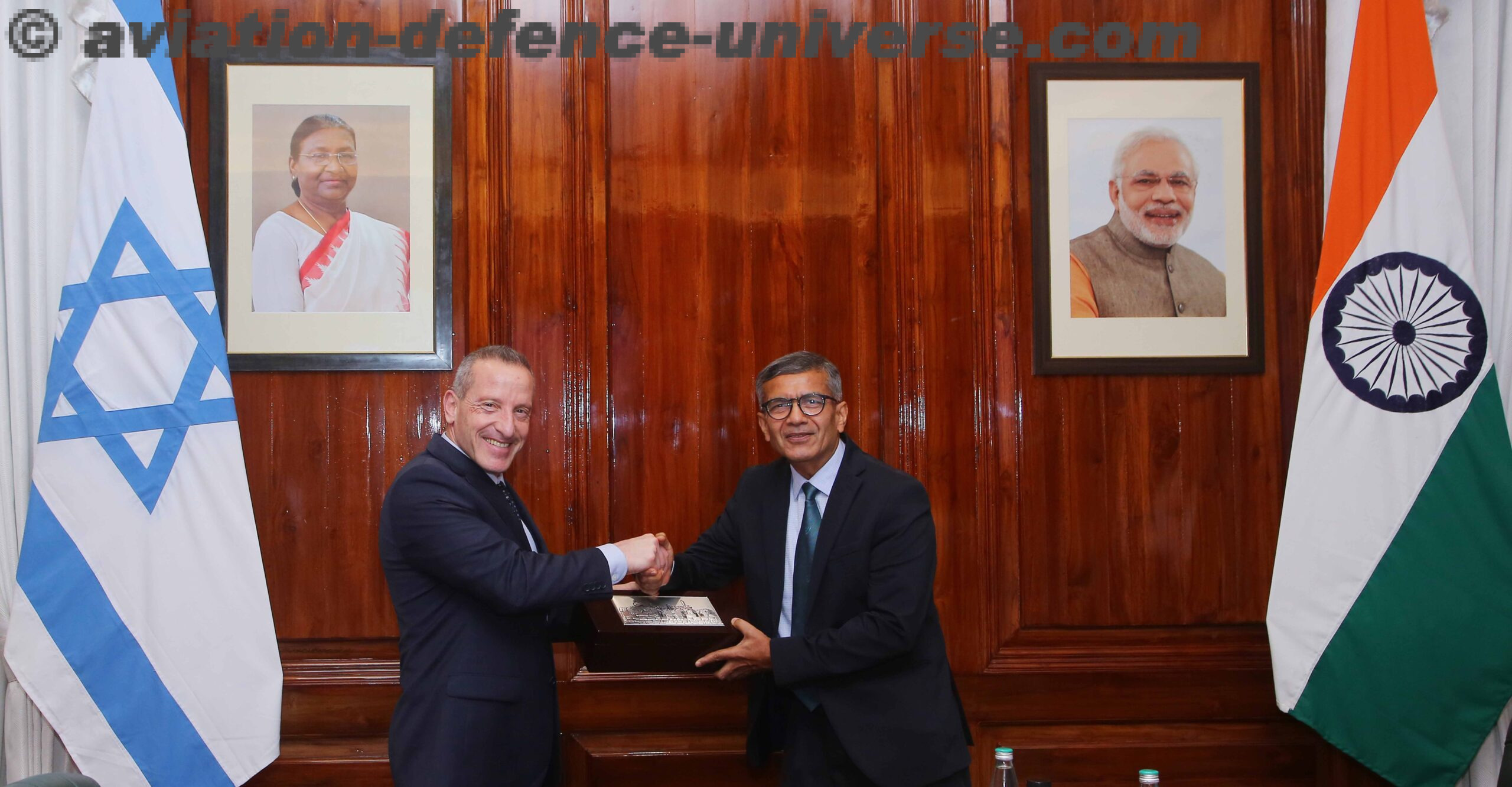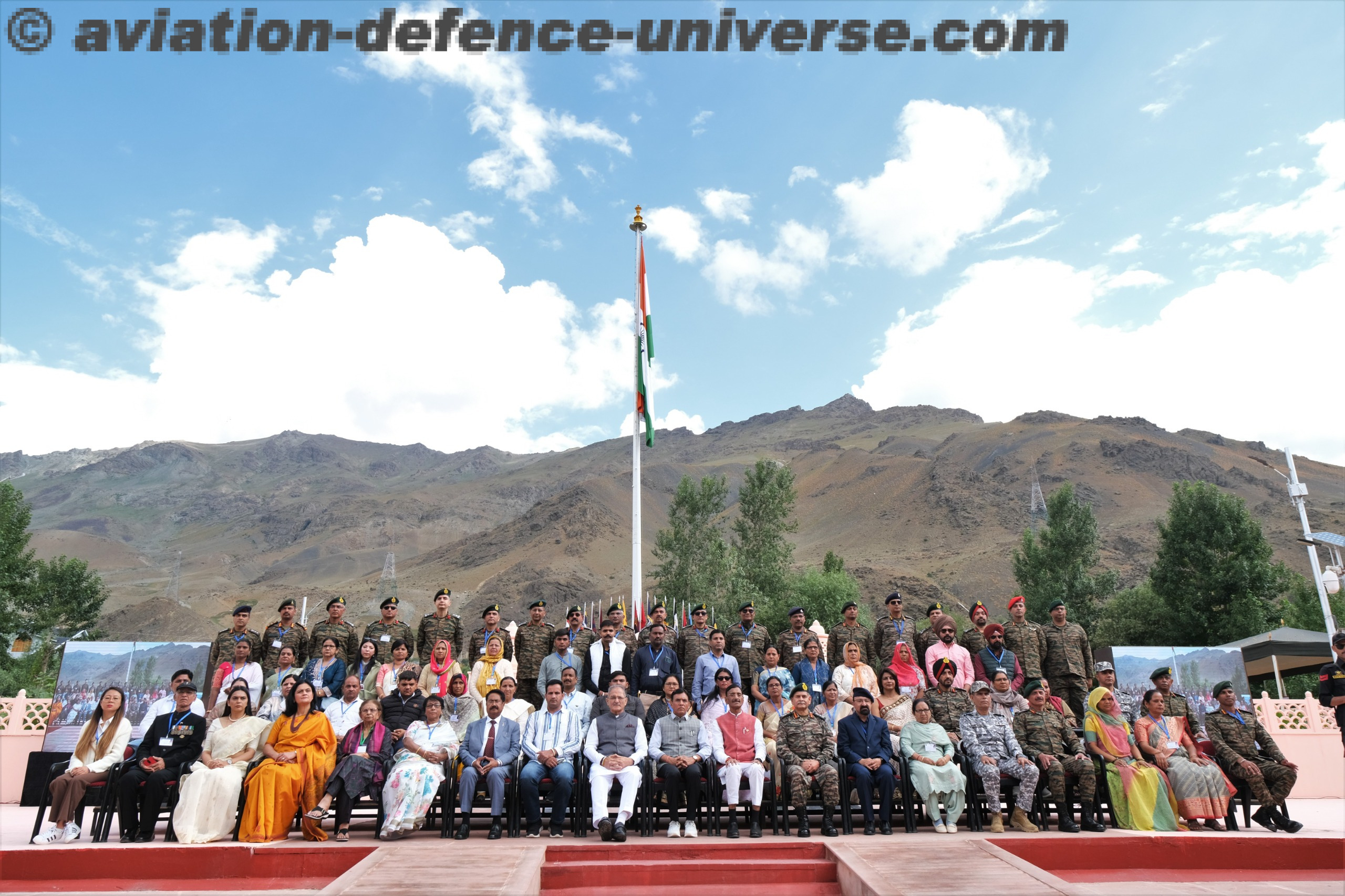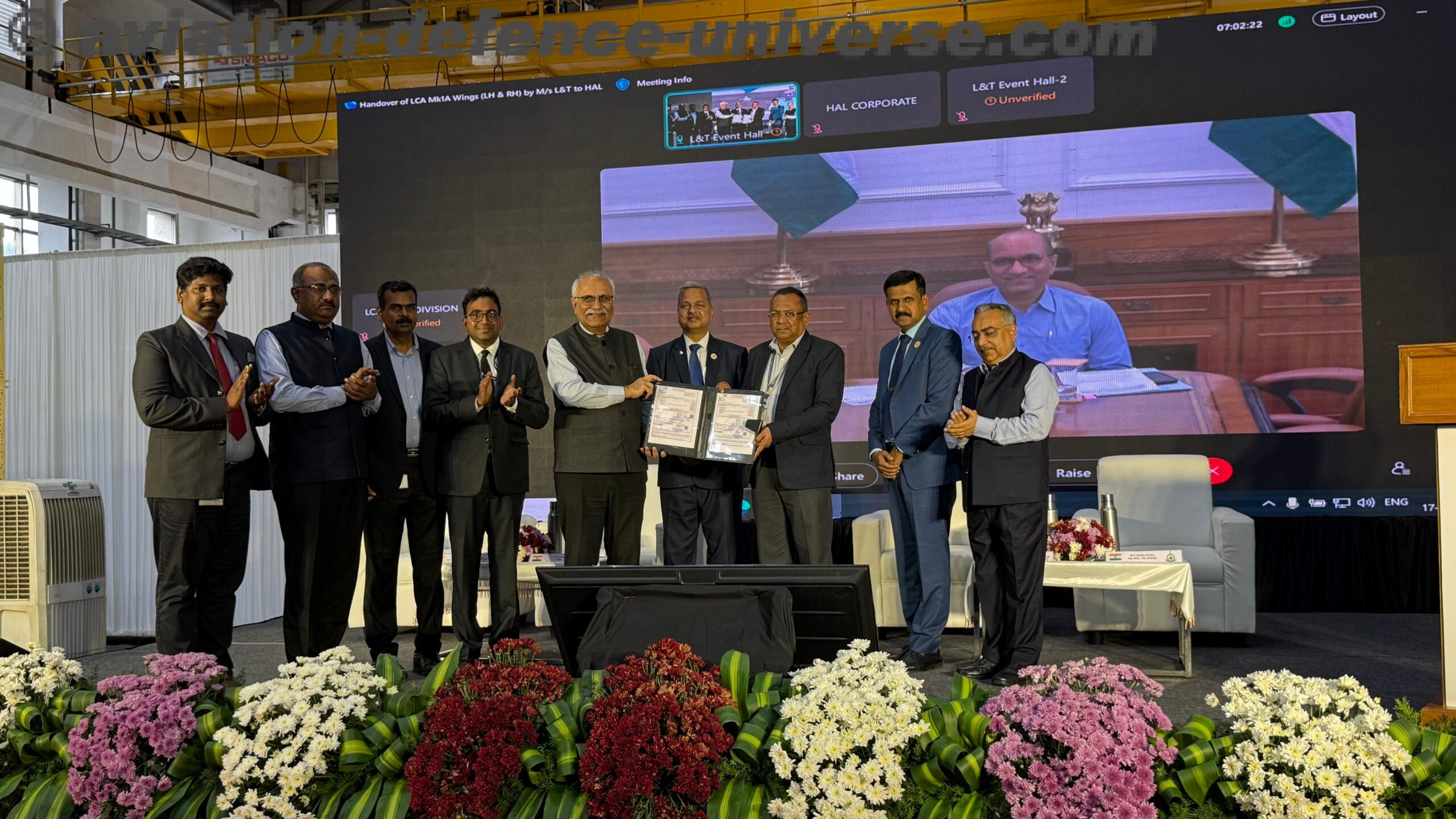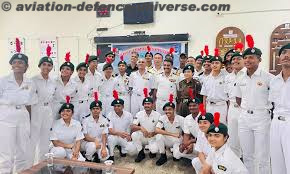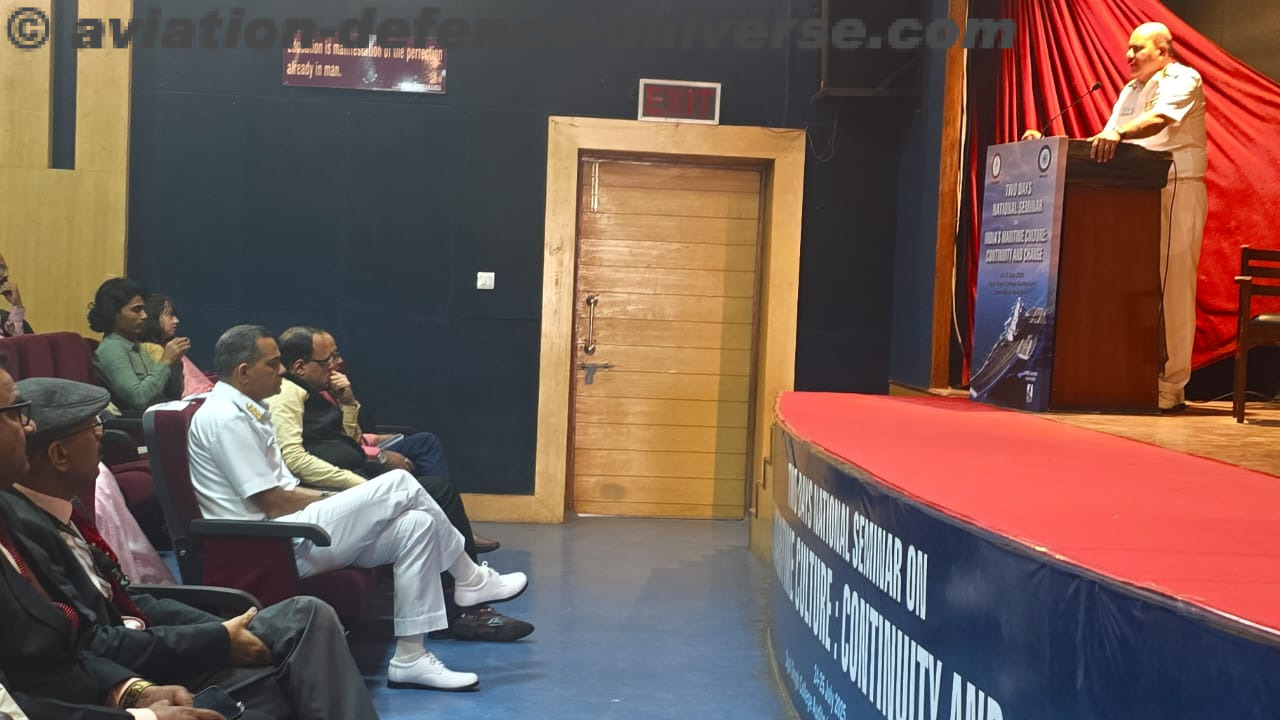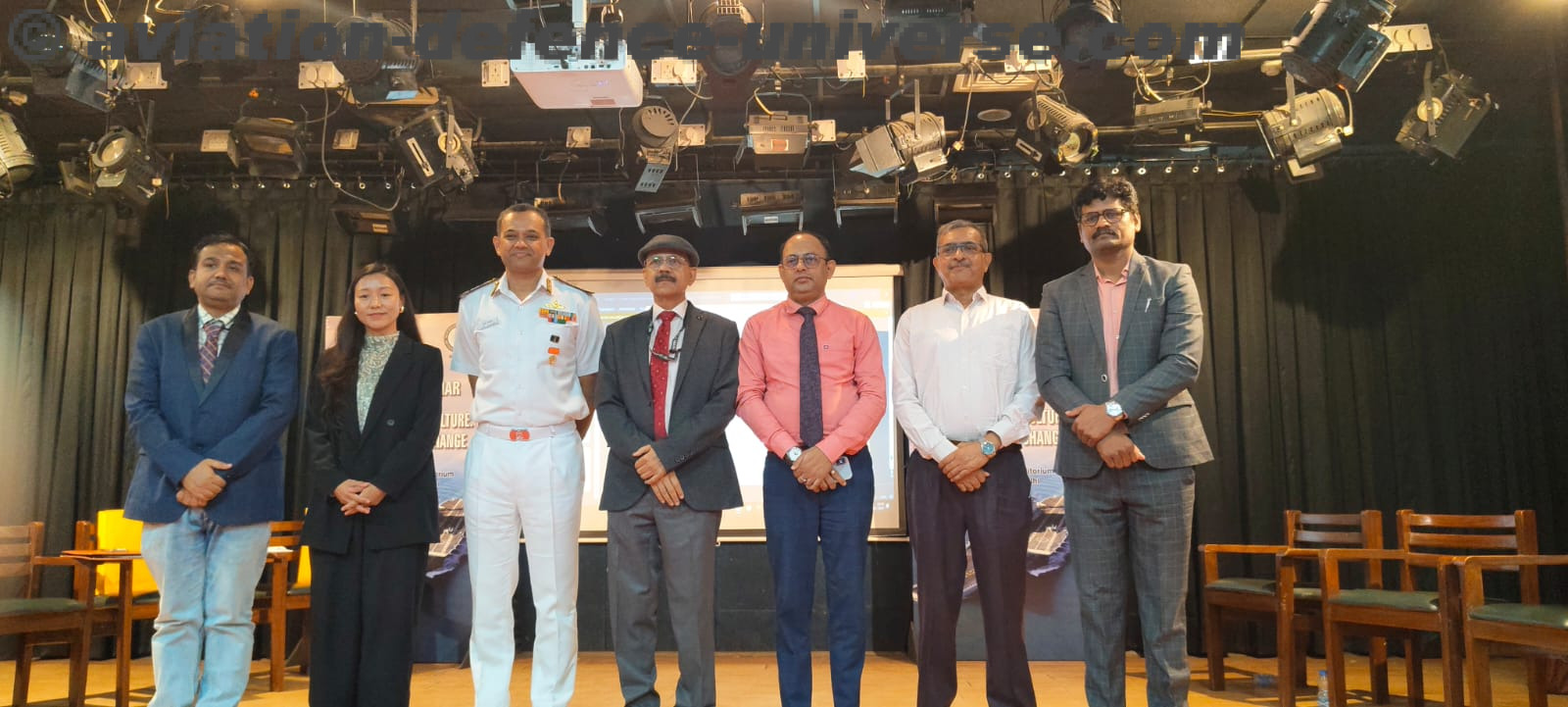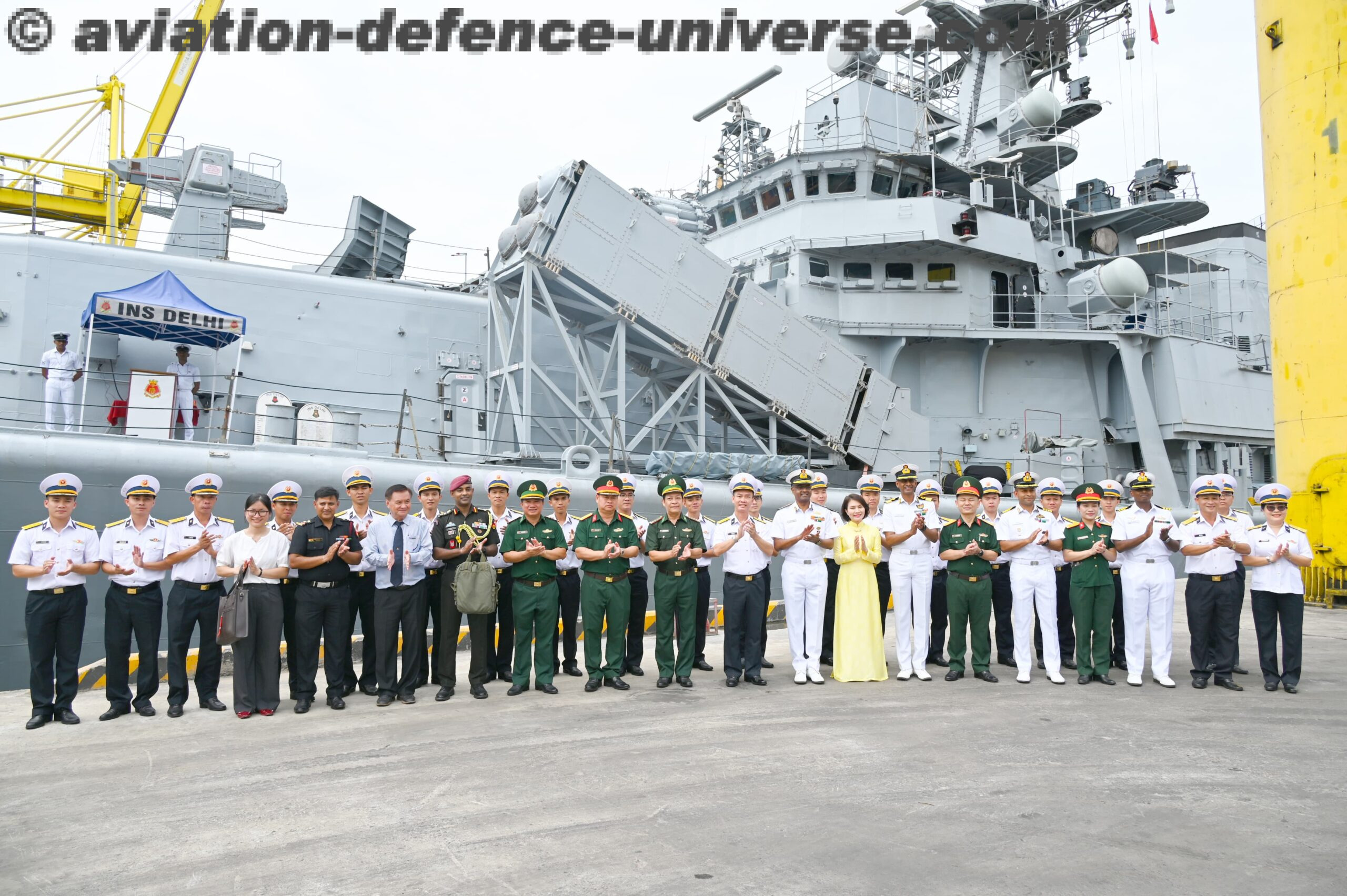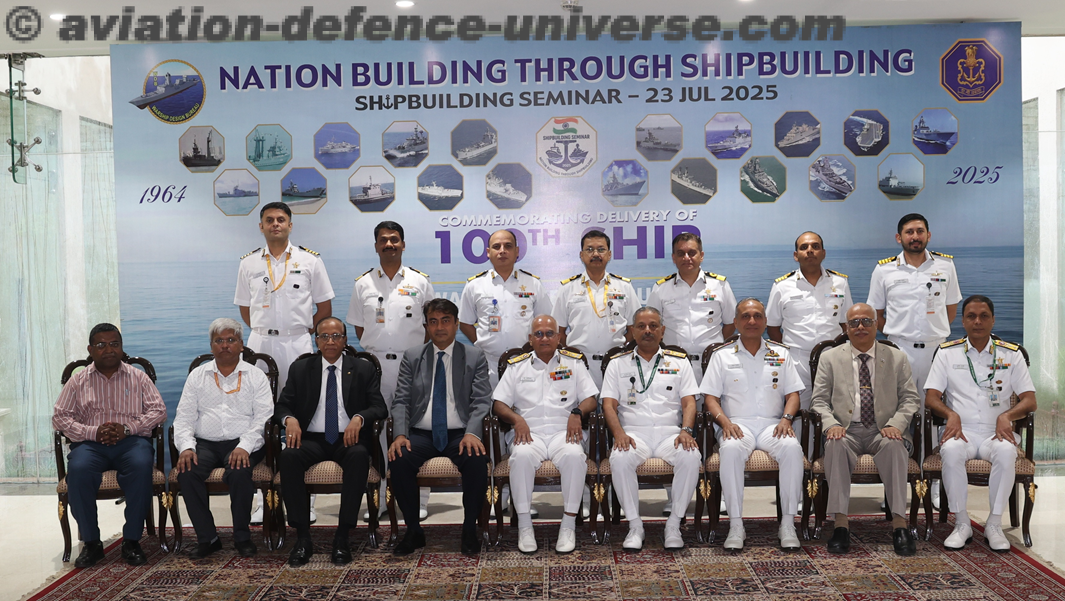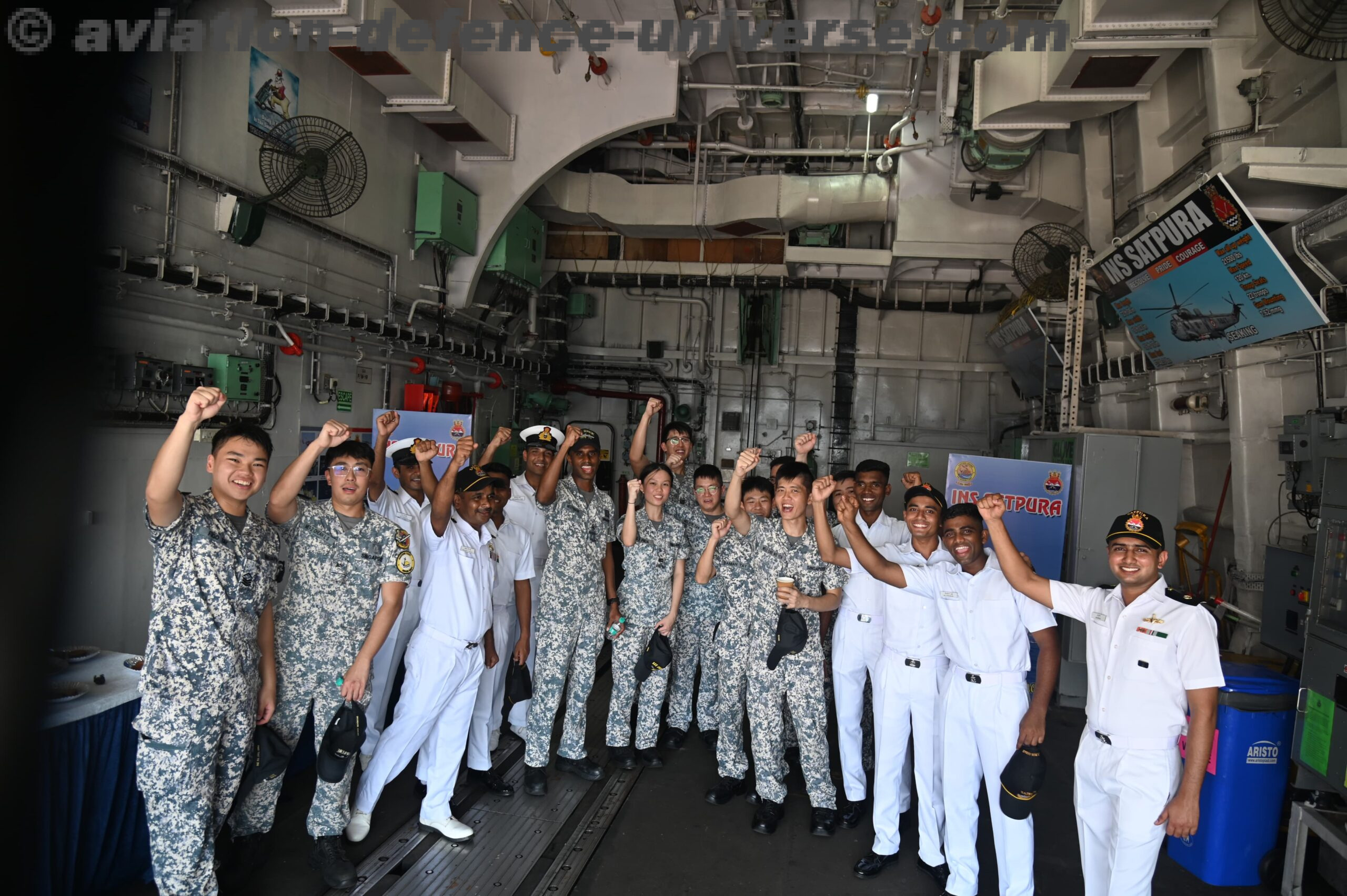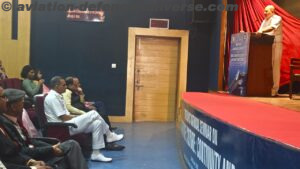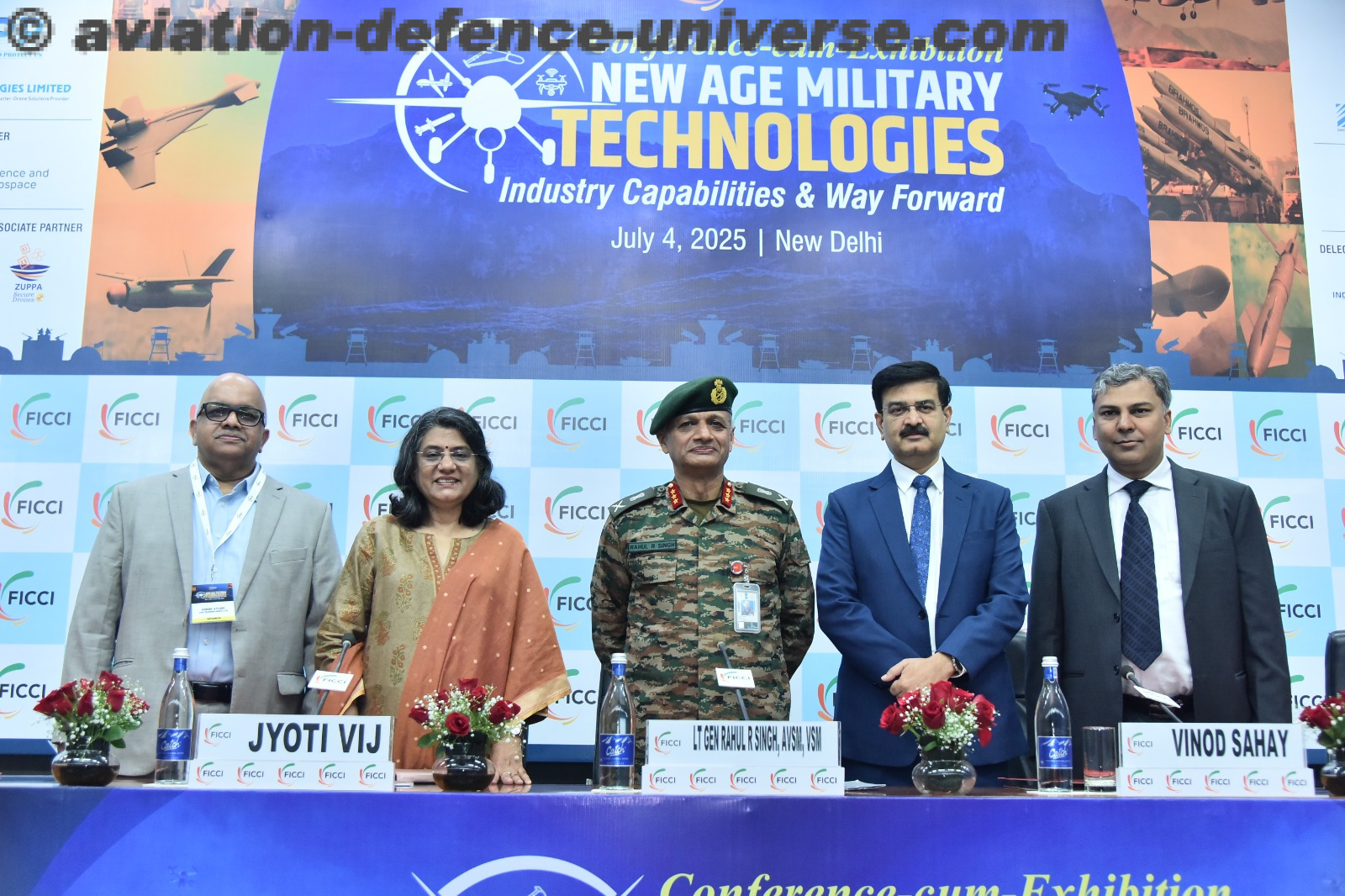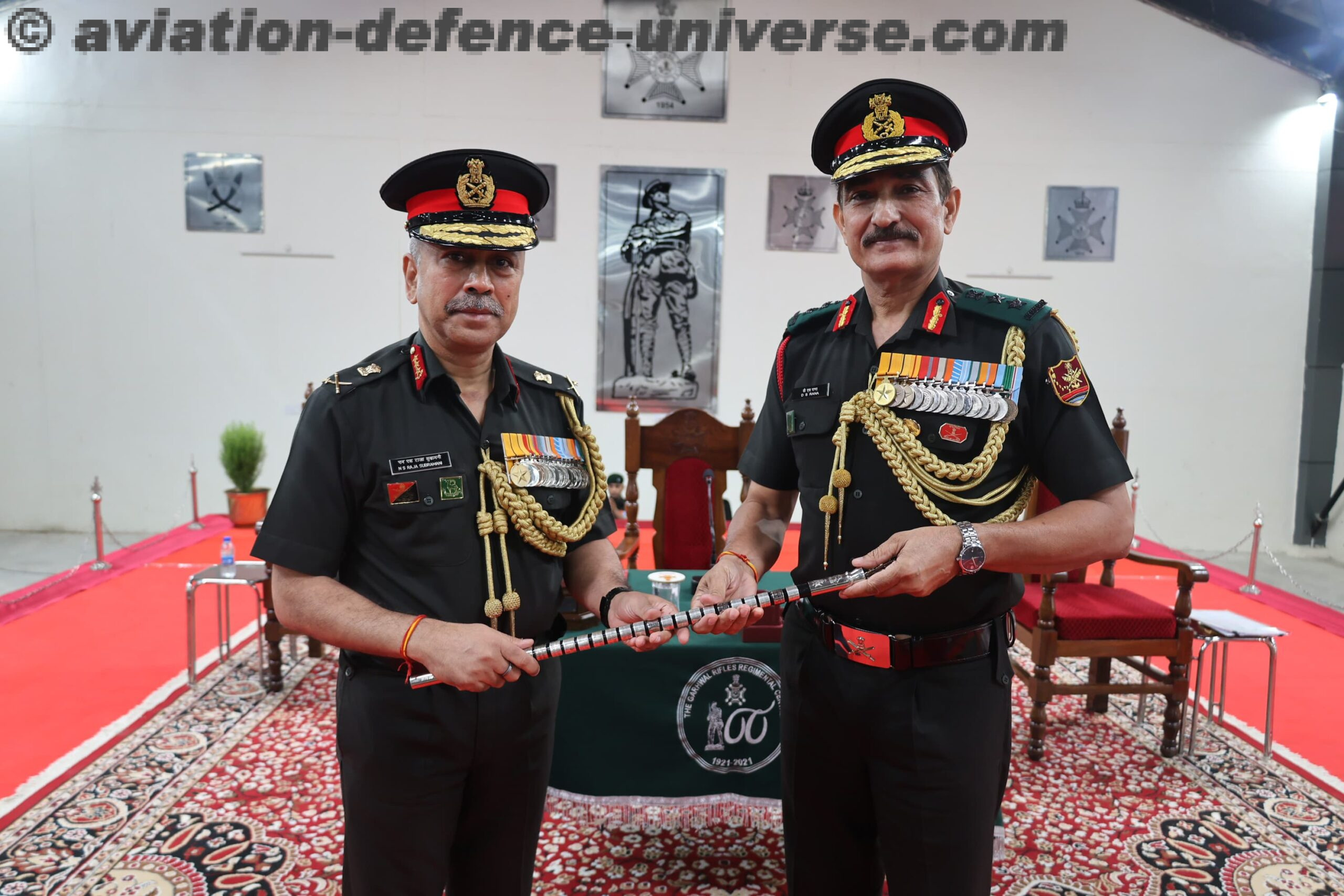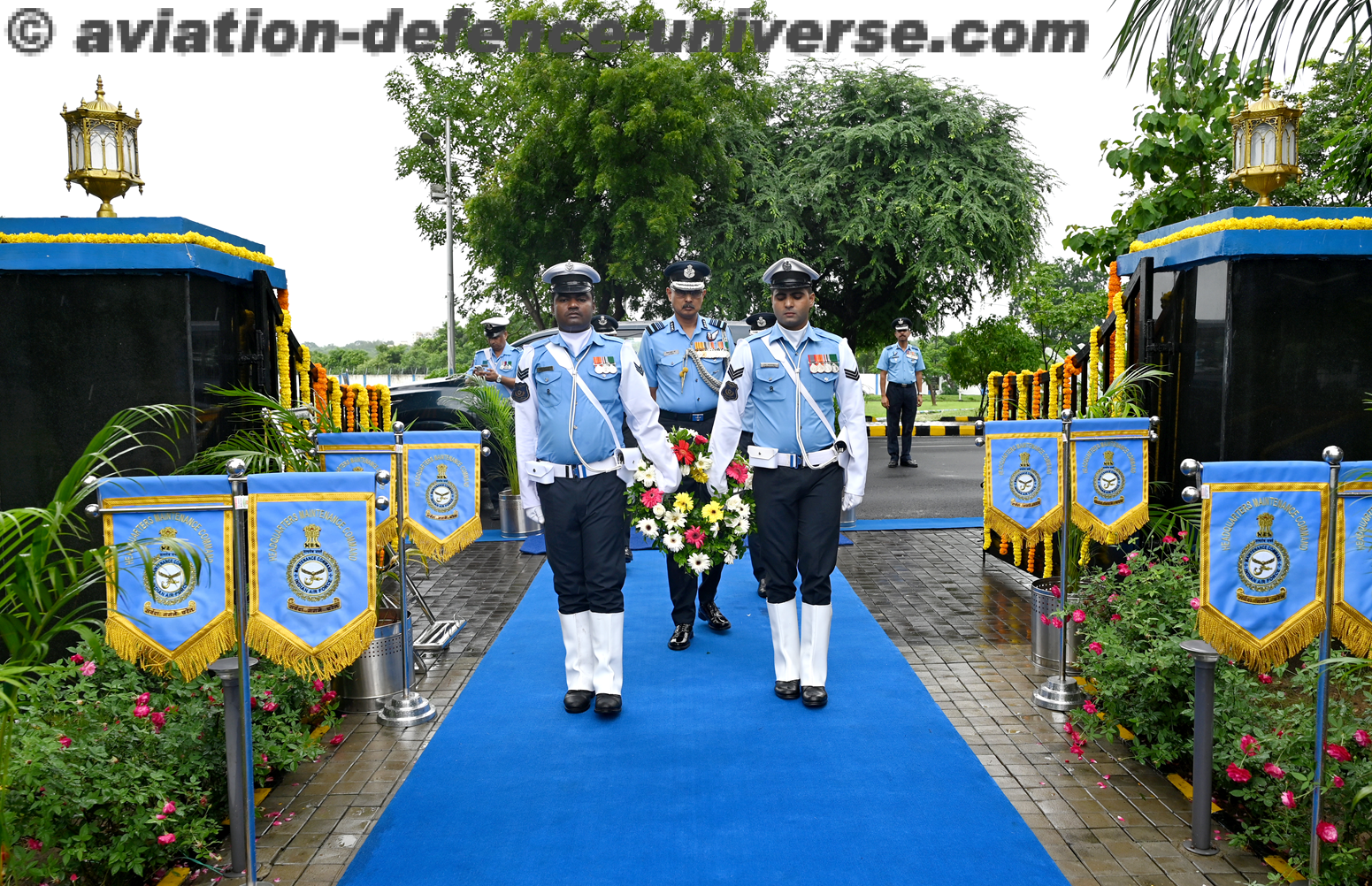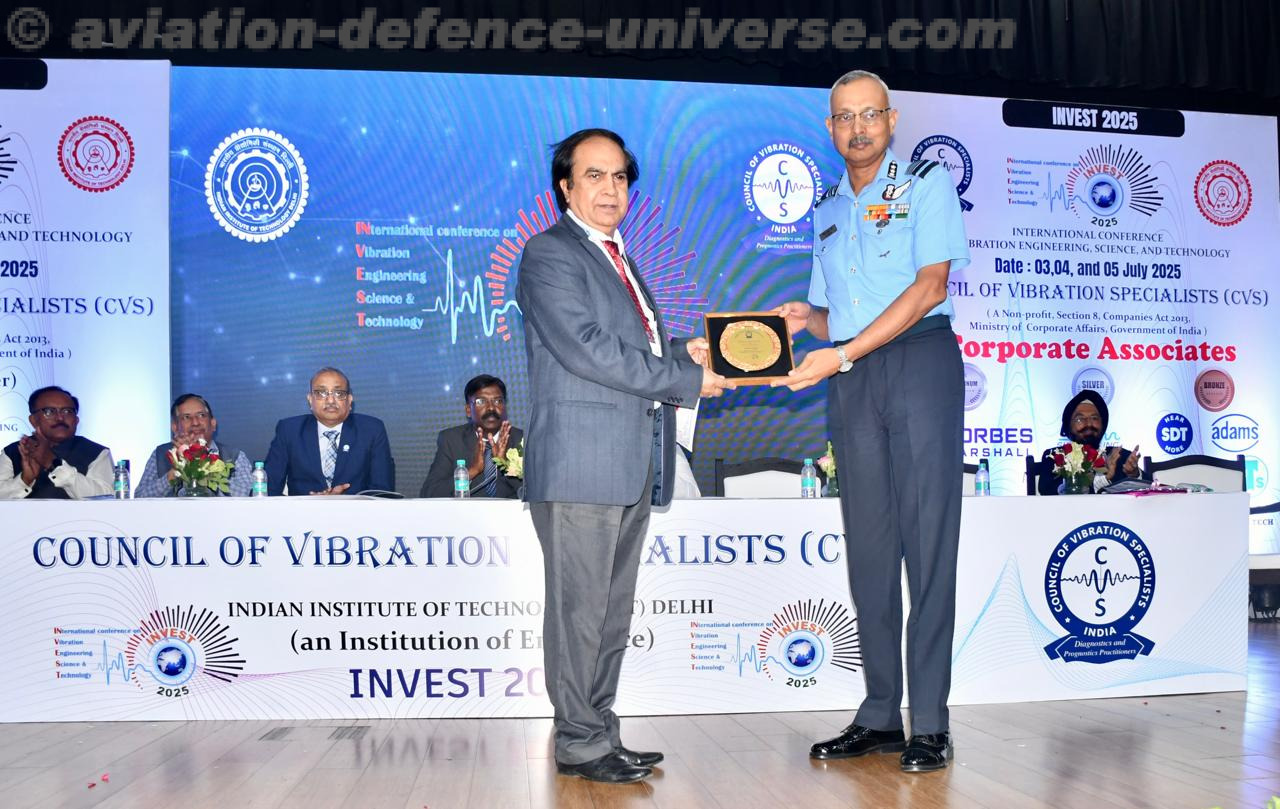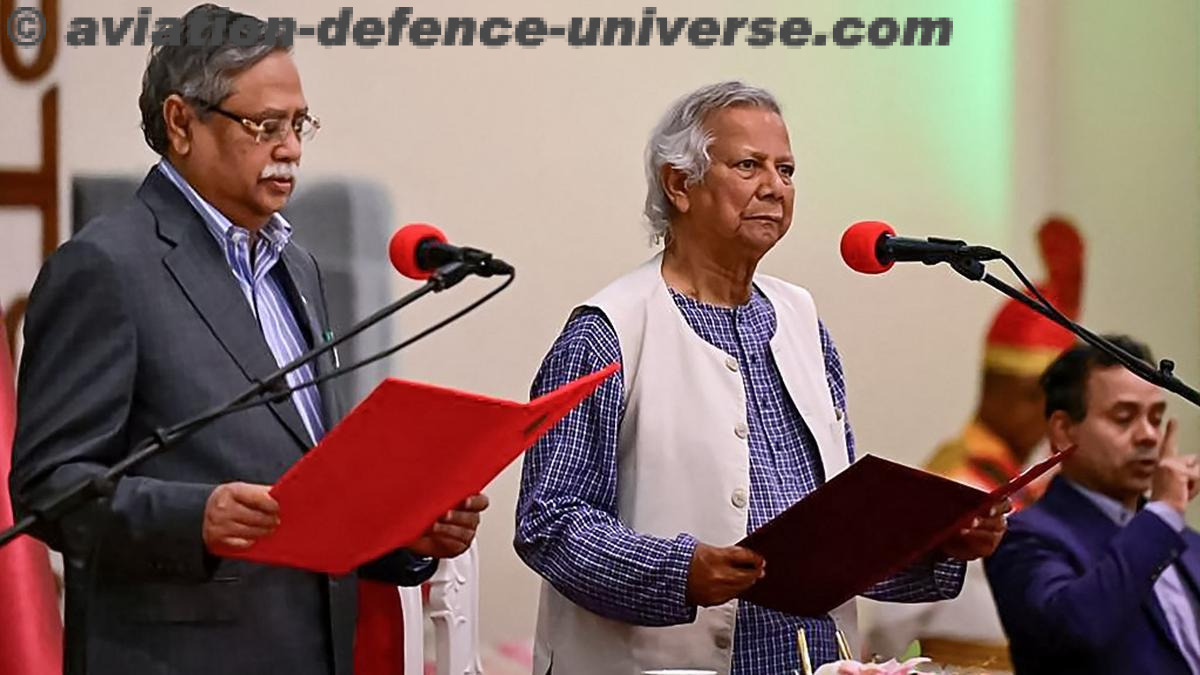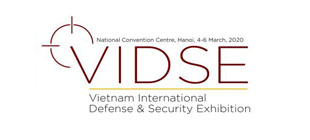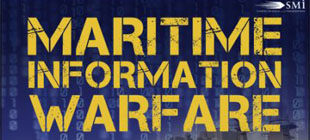Indo-Chinese dynamics Indian diplomacy
- Strategic Shifts and Diplomatic Faultlines: Balachandran’s Take on India-China Tensions
- India and China at Odds: A Diplomatic Deep Dive into a Complex Rivalry
By Sangeeta Saxena
New Delhi. 29 July 2025. As you turn the pages of the book – India and China at Odds in the Asian Century – one thought comes forth instantly, which is that the seasoned intelligence officer and strategic thinker Vappala Balachandran uses his experience of a top cop and delivers a penetrating examination of the fraught relationship between the world’s two most populous nations. Published by Pentagon Press in June 2025, the book is a culmination of Balachandran’s decades-long observation of India-China dynamics, enriched by his insider experience in intelligence and diplomacy.
Tracing the relationship from its civilizational roots through Cold War complexities to the high-stakes skirmishes of the 21st century, Balachandran’s work is as much a diplomatic memoir as it is a geopolitical roadmap. The language is direct, the research meticulous, and the message sobering: India and China, despite shared heritage and potential for cooperation, remain locked in an uneasy and mistrustful coexistence.
India and China at Odds in the Asian Century is a deeply analytical and richly researched book that charts the complex diplomatic and strategic trajectory of Sino-Indian relations. Written by Vappala Balachandran, a former special secretary in the Cabinet Secretariat of India and a seasoned intelligence and strategic affairs expert, the book provides a rare insider’s view, informed by decades of on-ground experience and high-level policy engagement.
Structure and Thematic Continuity
 The book is structured into three main parts that chronologically and thematically trace the India-China relationship: Part I, India and China, Ancient and Modern, includes Chapter 1, “A Long History of Connections,” which explores the deep civilizational ties between the two nations, and Chapter 2, “Diplomacy and Divergence,” which examines the early diplomatic engagements and the growing fault lines. Part II, Shaping the Idea of India, comprises Chapter 3, “The Idea of India,” offering a reflective analysis of how India’s national identity was shaped vis-à-vis China and other regional actors. Part III, The Contemporary Relationship, delves into the evolving bilateral dynamics through Chapter 4, “The UPA Years (2004–2014),” highlighting policy continuities and challenges during the Congress-led government, and Chapter 5, “The NDA Years (2014–2024),” which scrutinizes the strategic recalibrations, military tensions, and geopolitical realignments under the Modi administration.
The book is structured into three main parts that chronologically and thematically trace the India-China relationship: Part I, India and China, Ancient and Modern, includes Chapter 1, “A Long History of Connections,” which explores the deep civilizational ties between the two nations, and Chapter 2, “Diplomacy and Divergence,” which examines the early diplomatic engagements and the growing fault lines. Part II, Shaping the Idea of India, comprises Chapter 3, “The Idea of India,” offering a reflective analysis of how India’s national identity was shaped vis-à-vis China and other regional actors. Part III, The Contemporary Relationship, delves into the evolving bilateral dynamics through Chapter 4, “The UPA Years (2004–2014),” highlighting policy continuities and challenges during the Congress-led government, and Chapter 5, “The NDA Years (2014–2024),” which scrutinizes the strategic recalibrations, military tensions, and geopolitical realignments under the Modi administration.
This structure allows for a chronological as well as analytical understanding of the Indo-Chinese dynamics—from historical connections and philosophical divergence to contemporary foreign policy under two major political dispensations.
Balachandran’s writing transitions smoothly from ancient Buddhist diplomacy and the Silk Road to the intricacies of Doklam and Galwan. The continuity in the narrative lies in India’s quest for strategic autonomy and how China, at different junctures, has perceived and reacted to it.
Language and Style
Balachandran’s prose is lucid, scholarly, and confident. The tone balances academic rigour with anecdotal richness, weaving personal experiences—such as leading discreet diplomacy with China under Rajiv Gandhi’s instructions—into broader strategic analysis. His language is accessible to general readers yet substantive enough for experts in international relations and defence strategy.
The narrative flows chronologically and thematically, starting from ancient civilizational linkages and evolving through post-colonial diplomacy, Cold War dynamics, economic reforms, to contemporary border skirmishes and alignments. Balachandran ensures thematic continuity, with historical undercurrents—like China’s tributary worldview—reappearing in modern forms like Xi Jinping’s Belt and Road Initiative.
Chapter Highlights and Quotes
Chapter 1: A Long History of Connections
This chapter points out millennia-old civilizational interactions. The author quotes Deng Xiaoping from the 1988 summit: “Why can’t we share our experiences, our successes, and failures? There is much we can achieve together.”
Balachandran revisits how Indian and Chinese philosophies, trade routes, and Buddhism intersected. Yet, he also notes how historical amity has given way to nationalist divergences in the 20th century.
Chapter 2: Diplomacy and Divergence
Here, the author critiques the failure of bilateral diplomacy despite periods of thaw. He recalls: “The Chinese-Indian thaw… lasted until 1998… New Delhi has gravitated towards the US in the hope of checkmating an assertive Beijing.”
He weaves personal diplomatic engagements, especially during the Rajiv Gandhi-Deng Xiaoping phase, contrasting them with the 2020 Galwan Valley clash and rising distrust.
Chapter 3: The Idea of India
This chapter critiques India’s internal contradictions, especially in projecting a unified geopolitical vision. Balachandran dissects how historical insecurity and bureaucratic inertia often derail India’s strategic responses to China’s provocations.
Chapters 4–5: UPA and NDA Eras Compared
Balachandran offers a non-partisan comparison of the UPA (2004–2014) and NDA (2014–2024) approaches to China. He critiques muscular nationalism and premature bravado: “The late General Bipin Rawat… assured the nation that China would be paid ‘in the same coin’ if it attempted another ‘Galwan’ incident.” He also dissects the mixed results of India’s “Act East” and QUAD diplomacy while warning of strategic overreach without matching economic or military capacity.
Geopolitical Analysis: India vs. China
 The book’s core strength lies in its geopolitical depth. Balachandran meticulously outlines how China’s authoritarian confidence, rooted in historical worldviews (like the “tributary system”), allows it to pursue long-term strategies such as OBOR. India, in contrast, is depicted as a reactive democracy, often overestimating its leverage.
The book’s core strength lies in its geopolitical depth. Balachandran meticulously outlines how China’s authoritarian confidence, rooted in historical worldviews (like the “tributary system”), allows it to pursue long-term strategies such as OBOR. India, in contrast, is depicted as a reactive democracy, often overestimating its leverage.
He cites the U.S. National Intelligence Council’s Global Trends 2040, noting: “China would expect deference from neighbours on trade, resource exploitation, and territorial disputes…” Balachandran argues that India’s twin goals—strategic autonomy and counter-balancing China through multilateralism—are increasingly difficult to reconcile. He recommends clearer policy prioritization and internal capacity-building.
Balachandran’s writing transitions smoothly from ancient Buddhist diplomacy and the Silk Road to the intricacies of Doklam and Galwan. The continuity in the narrative lies in India’s quest for strategic autonomy and how China, at different junctures, has perceived and reacted to it.
Language and Style
The language is lucid but detailed, often reflecting the precision of an intelligence officer and the analytical flair of a policy scholar. While the prose is academic in tone, it is accessible enough for an informed layperson. It is particularly rich in first-person insights—a rarity in strategic studies literature. For instance, in the Mise-en-Scène, Balachandran recalls the Deng Xiaoping–Rajiv Gandhi summit of 1988 and notes:
“Vappala Balachandran, under Prime Minister Gandhi’s express directions, led a small team of officials for more than a year of discreet ‘offline’ talks with key Chinese counterparts.” Such personal anecdotes are not self-indulgent but add credibility and context to the larger geopolitical narrative.
Geopolitical Analysis: Strategic Posturing and Diplomatic Maneuvering
The core of the book’s analysis rests on India’s fluctuating diplomatic outreach and China’s assertive transformation into a global power. The narrative debunks the optimism once attached to “Chindia” and the idea of an “Asian Century of Cooperation.”
In Chapter 4, Balachandran analyses the UPA government’s tightrope walk between engaging China economically and responding to its assertiveness on the border. He discusses the Hawk–Dove divide within the Indian establishment, laying bare internal contradictions.
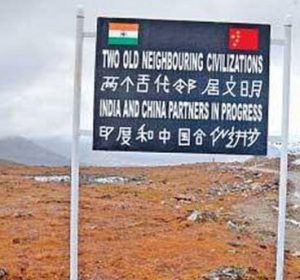 In Chapter 5, he critiques the NDA government’s alignment with the U.S. and the Quad, especially post-2014, arguing that it has added friction to Sino-Indian ties even while attempting to bolster India’s maritime and cyber posture.
In Chapter 5, he critiques the NDA government’s alignment with the U.S. and the Quad, especially post-2014, arguing that it has added friction to Sino-Indian ties even while attempting to bolster India’s maritime and cyber posture.
“New Delhi has gravitated towards the US in the hope of checkmating an assertive Beijing’s pursuit of global military and trade dominance,” he writes—a key insight into India’s strategic hedging.
Balachandran also offers an insider’s view of India’s intelligence and security apparatus, often pointing out where systemic weaknesses have led to strategic surprises, particularly during border stand-offs.
What sets this book apart is its balance of scholarship and experience. The chapters do not merely recycle known facts; instead, they provide reflective critique—especially on the failure of track-2 diplomacy, bureaucratic inertia, and overdependence on Western strategic frameworks.
The author’s interdisciplinary method—merging history, political theory, strategic studies, and intelligence analysis—creates a rich tapestry of India–China relations. The depth of his research is evident in the footnotes and bibliography, which include a mix of primary sources, declassified materials, and diplomatic records.
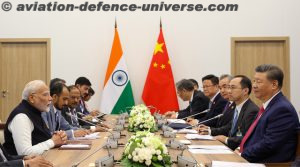 The book is rich with sharp observations and incisive commentary, as reflected in key quotes across its chapters. Balachandran observes that “The Buddhist circuits were not merely spiritual but strategic—routes for both trade and diplomacy,” highlighting how early civilisational links between India and China were underpinned by pragmatic considerations beyond religious exchange. “Diplomacy and Divergence,” he notes the ideological mismatch between the two nations: “Nehru’s romanticism of Asian solidarity collided fatally with Mao’s revolutionary realism,” underscoring the foundational divergence in their postcolonial trajectories. Moving to contemporary politics, Balachandran critiques India’s defence posture, remarking that “India’s reluctance to invest in border infrastructure was not strategic restraint—it was institutional lethargy,” thereby pointing to bureaucratic inertia rather than deliberate policy. “The NDA Years,” brings the narrative to a moment in modern history with the assessment that “The Galwan clash marked a decisive moment. It ended an illusion, not a policy,” framing the 2020 confrontation as a wake-up call that shattered decades of diplomatic pretense. Together, these quotes illustrate the book’s thematic arc—from shared heritage to contemporary tensions—and its unflinching examination of India’s strategic posture.
The book is rich with sharp observations and incisive commentary, as reflected in key quotes across its chapters. Balachandran observes that “The Buddhist circuits were not merely spiritual but strategic—routes for both trade and diplomacy,” highlighting how early civilisational links between India and China were underpinned by pragmatic considerations beyond religious exchange. “Diplomacy and Divergence,” he notes the ideological mismatch between the two nations: “Nehru’s romanticism of Asian solidarity collided fatally with Mao’s revolutionary realism,” underscoring the foundational divergence in their postcolonial trajectories. Moving to contemporary politics, Balachandran critiques India’s defence posture, remarking that “India’s reluctance to invest in border infrastructure was not strategic restraint—it was institutional lethargy,” thereby pointing to bureaucratic inertia rather than deliberate policy. “The NDA Years,” brings the narrative to a moment in modern history with the assessment that “The Galwan clash marked a decisive moment. It ended an illusion, not a policy,” framing the 2020 confrontation as a wake-up call that shattered decades of diplomatic pretense. Together, these quotes illustrate the book’s thematic arc—from shared heritage to contemporary tensions—and its unflinching examination of India’s strategic posture.
As of 2025, India-China relations remain strained, marked by a lingering trust deficit post the 2020 Galwan Valley clash and continued troop deployments in Eastern Ladakh. While high-level military talks have prevented escalation, a comprehensive disengagement remains elusive. Balachandran’s warnings about reactive Indian diplomacy appear increasingly prescient in this context. He critiques India’s overt securitisation of the bilateral relationship without building sufficient economic or technological resilience to counter China’s structural advantages.
 China, meanwhile, continues to consolidate its presence in South Asia and the Indian Ocean Region through infrastructure investments and strategic alliances. Despite rhetorical commitments to peaceful development, Beijing has intensified its pressure on India’s periphery—from strengthening ties with Pakistan and Nepal to advancing its interests in Bhutan’s border zones. India’s response, including its growing alignment with the QUAD and other Indo-Pacific frameworks, signals a shift towards multilateral deterrence rather than bilateral engagement. Balachandran’s emphasis on the need for strategic clarity, institutional reform, and internal capacity-building resonates even more strongly against this backdrop.
China, meanwhile, continues to consolidate its presence in South Asia and the Indian Ocean Region through infrastructure investments and strategic alliances. Despite rhetorical commitments to peaceful development, Beijing has intensified its pressure on India’s periphery—from strengthening ties with Pakistan and Nepal to advancing its interests in Bhutan’s border zones. India’s response, including its growing alignment with the QUAD and other Indo-Pacific frameworks, signals a shift towards multilateral deterrence rather than bilateral engagement. Balachandran’s emphasis on the need for strategic clarity, institutional reform, and internal capacity-building resonates even more strongly against this backdrop.
India and China at Odds in the Asian Century is both a cautionary tale and a strategic manual. Balachandran warns that relying on sentimental historical linkages or uncalibrated shows of strength will not help India navigate the complexities of the Asian Century. Instead, he calls for sober realism, deep diplomacy, and robust institution-building. The book’s greatest contribution lies in its ability to marry personal insight with policy-level analysis, offering a rare bridge between the corridors of power and the world of ideas. For scholars, strategists, and decision-makers alike, this is an essential read to understand the past, present, and probable future of one of the most consequential rivalries in modern geopolitics.
India and China at Odds in the Asian Century is a masterclass in strategic non-fiction, written by a practitioner-scholar who combines lived experience, academic rigor, and policy insight. Vappala Balachandran’s dissection of the diplomatic freeze, trade spats, and military confrontations provides invaluable reading for anyone interested in understanding the complex and often volatile India-China relationship. This book deserves a place in the library of diplomats, strategic analysts, defence professionals, and informed citizens alike.
India and China at Odds in the Asian Century
Publisher: Pentagon Press
Author: Vappala Balachandran
Publication Date: 2 June 2025
Genre: Geopolitical Non-fiction / Strategic History
Pages: 330
ISBN: 9781805260622











